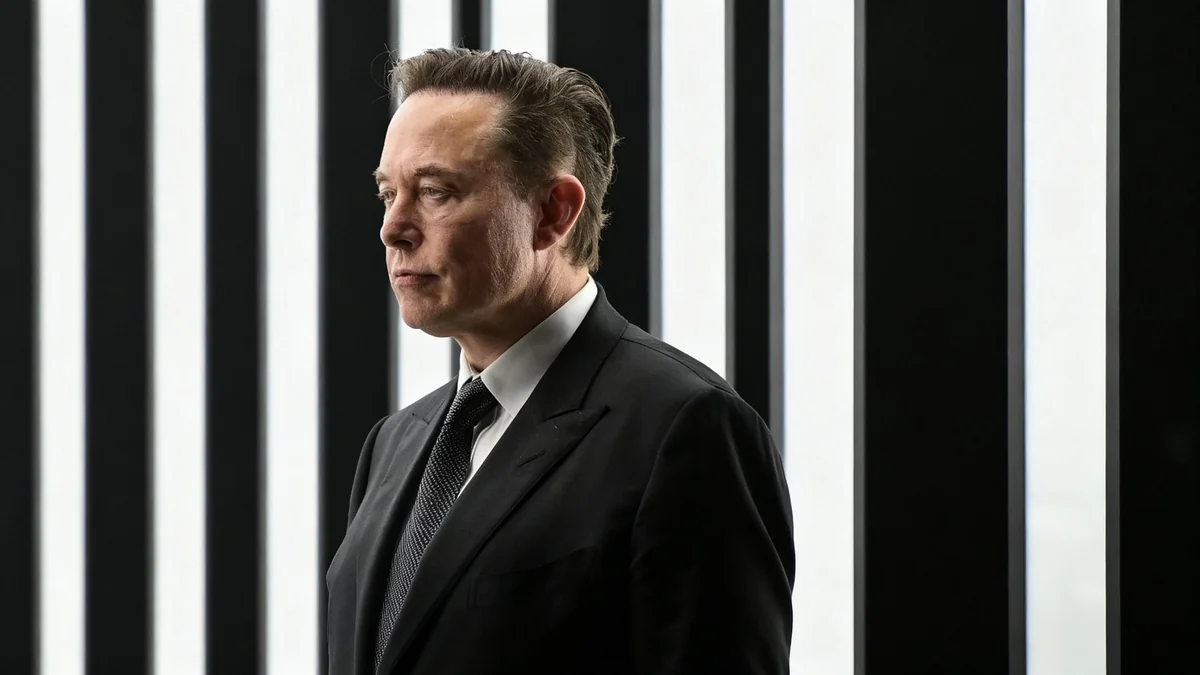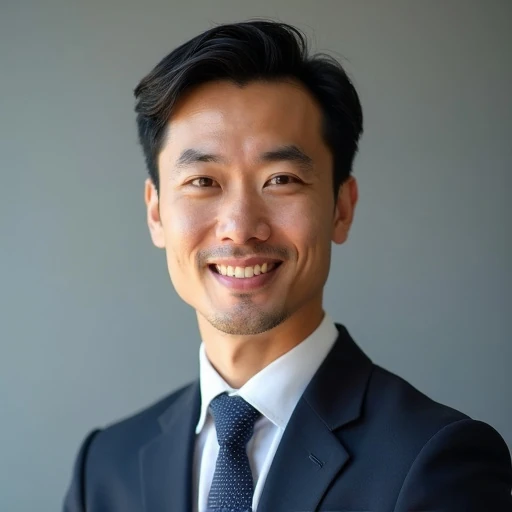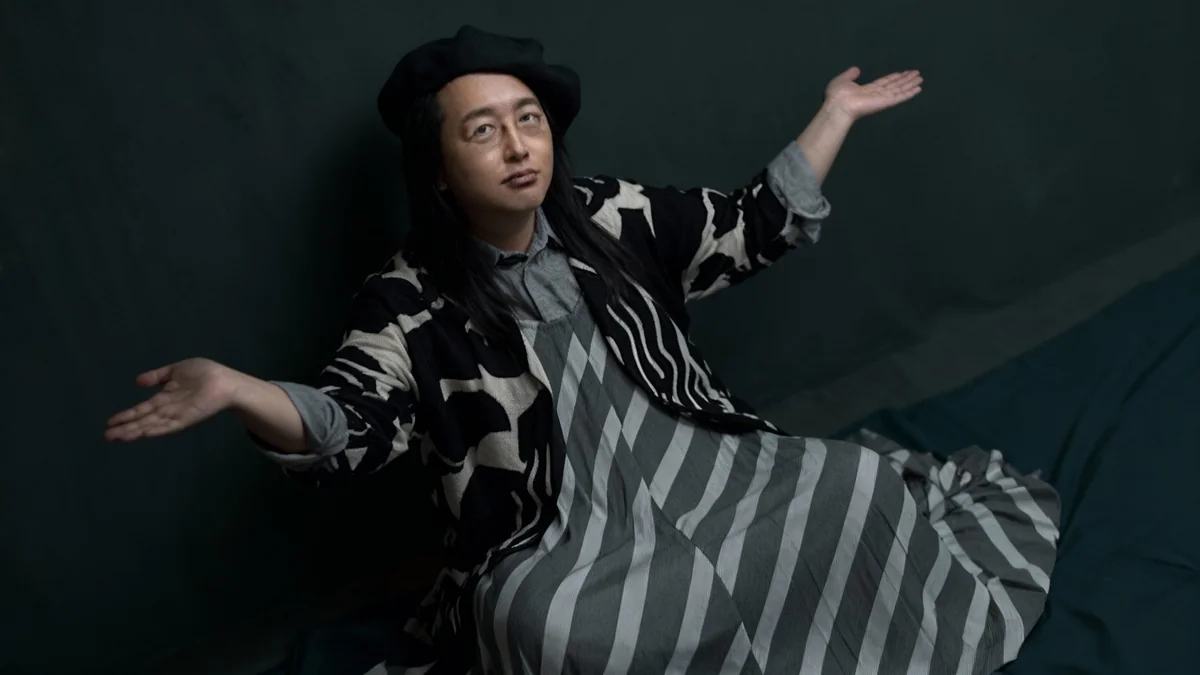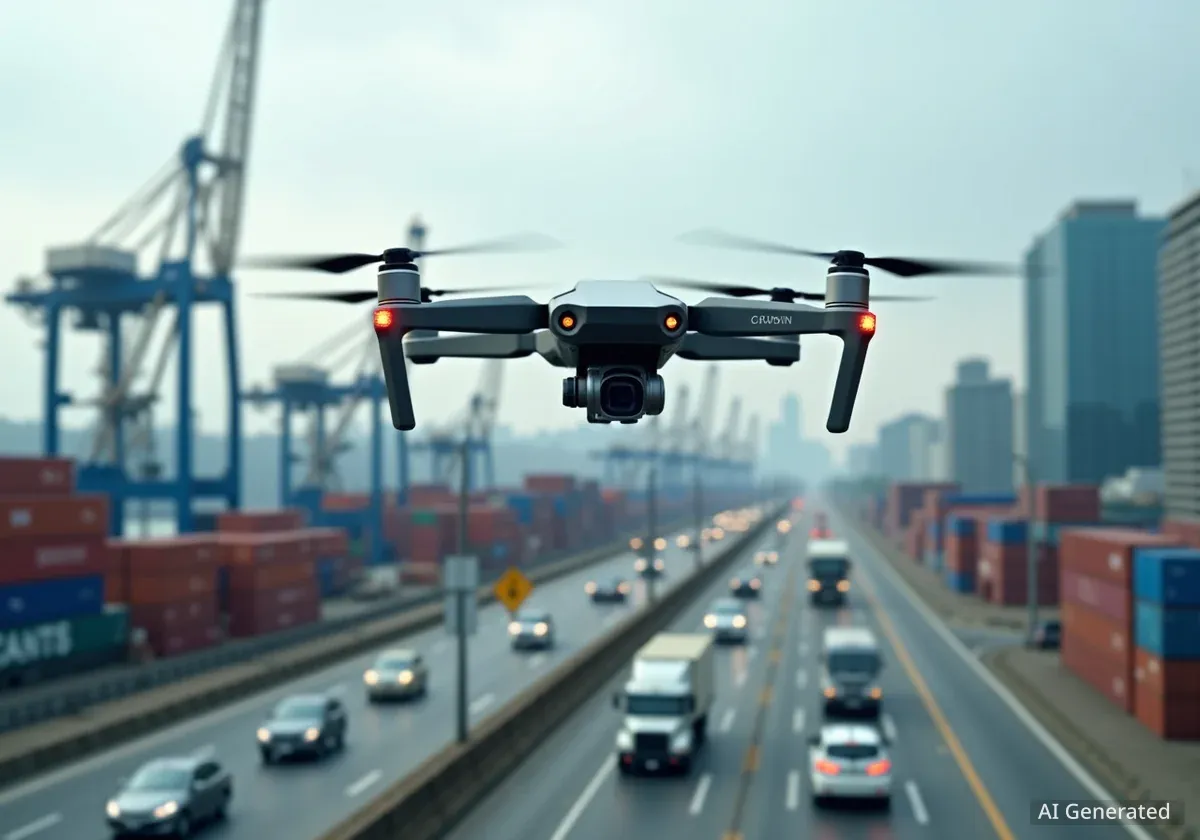Tesla CEO Elon Musk has stated he wants to maintain "strong influence" over the company's planned humanoid robot fleet, a project he refers to as a "robot army." During a recent investor call, Musk linked this desire for influence directly to his concerns about being removed from the company after the technology is developed.
His comments come as shareholders prepare to vote on a proposal that would increase his stake in Tesla from 13 percent to 25 percent. The proposal is part of a decade-long compensation plan valued at a potential $1 trillion, contingent on the company achieving several highly ambitious goals, including the delivery of one million Optimus humanoid robots.
Key Takeaways
- Elon Musk expressed a need for "strong influence" over Tesla's future Optimus robot fleet.
- He voiced concerns about being potentially ousted from the company after developing the technology.
- This desire is linked to a proposed compensation plan that would raise his stake in Tesla to 25%.
- The plan is tied to ambitious targets, including an $8.5 trillion valuation and producing 1 million Optimus robots.
- Development of the Optimus robot faces challenges, with full-scale production not expected until late next year.
A Matter of Control
During a call with investors, Elon Musk articulated his primary concern regarding his voting control at Tesla, specifically in the context of the company's robotics ambitions. He questioned the scenario of building a massive fleet of humanoid robots only to be potentially removed from a position of authority later.
"If we build this robot army, do I have at least a strong influence over this robot army?" Musk asked. He clarified his position, stating, "Not control, but a strong influence… I don't feel comfortable building that robot army unless I have a strong influence."
This statement directly connects his future role at the company with the development of its most forward-looking and potentially transformative technology. It frames the upcoming shareholder vote on his compensation not just as a matter of payment, but of long-term strategic direction and his personal oversight of it.
The Trillion-Dollar Vision
The influence Musk seeks is tied to a substantial compensation package that Tesla's board has proposed. If approved by shareholders in November, the deal would grant him a potential $1 trillion over the next ten years and increase his ownership stake from 13% to a quarter of the company.
Ambitious Performance Metrics
Musk's potential payout is not guaranteed. It is conditional on Tesla achieving a series of demanding milestones that would fundamentally reshape the company and its market position.
To unlock the full package, Tesla must meet several key targets:
- Deliver 20 million vehicles.
- Operate a commercial fleet of 1 million robotaxis.
- Deliver 1 million Optimus humanoid robots.
- Achieve a company valuation of $8.5 trillion.
These figures represent a massive scaling of Tesla's current operations. For perspective, an $8.5 trillion valuation would make Tesla one of the most valuable companies in history, far exceeding its current market capitalization.
Optimus: From Utopia to Production Hurdles
Musk has often described the Optimus project in utopian terms. He envisions a future where the robots eliminate poverty and make manual labor optional for humans. "Working will be optional, like growing your own vegetables, instead of buying them from the store," he posted recently.
"[Optimus] will actually create a world where there is no poverty, where everyone has access to the finest medical care," Musk stated on the investor call, adding that the robot could one day be an "incredible surgeon."
He has also referred to the robot's business potential as an "infinite money glitch," suggesting that nearly everyone would want a personal humanoid robot to perform tasks for them.
Development and Production Timeline
The path from concept to mass production remains challenging. On the call, Musk acknowledged the difficulty engineers are facing, particularly with complex components like the robot's hands and forearms.
While internal goals for this year reportedly included producing 5,000 Optimus units, those plans were scaled back over the summer. Musk provided an updated timeline, stating that Tesla expects to have a "production-intent prototype" ready by February or March of the coming year.
However, full-scale production is not imminent. According to Musk, the company aims to begin mass manufacturing of the Optimus robot at the end of next year, pushing the realization of his "robot army" further into the future.





